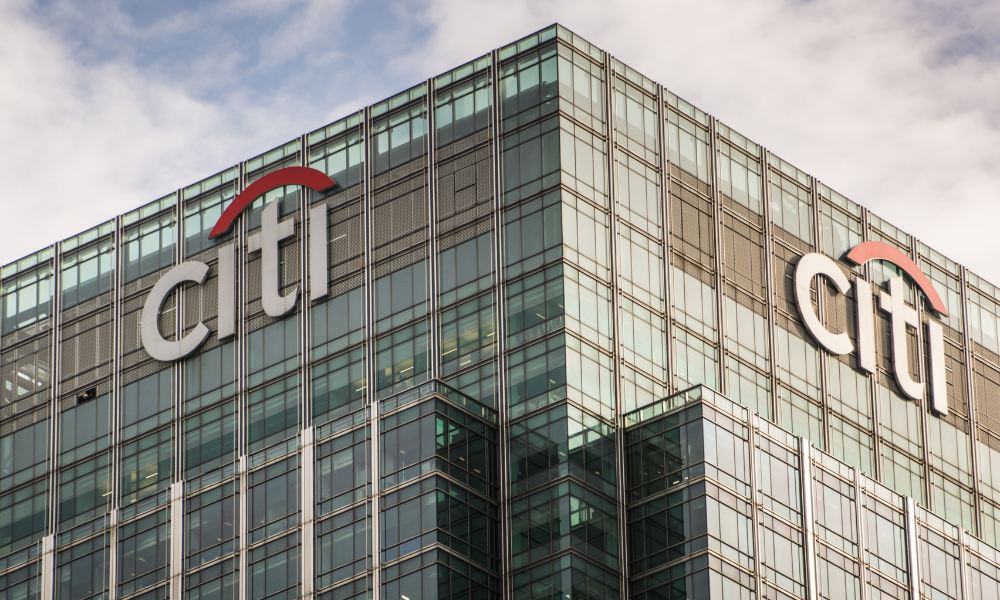A lack of comparable information makes finding 'a good deal' difficult for clients
.jpg)
CRM2 was a seismic shift in Canada’s financial-services industry. With new disclosure requirements to declare how much clients have paid in fees and what they paid for, financial advisors have to bring clear value to clients or risk losing their business.
Of course, that assumes clients can shop for a better advisor — and if fees are their only yardstick, they’ll probably have a tough time.
Celebrating our industry successes in the wealth management industry
Take the US case as an example. “Financial advisers often charge their clients a percentage of their assets under management, say 1 or 2%, paid at regular intervals,” said Benjamin H. Harris, visiting associate professor at the Kellogg School of Management, in a column for the Wall Street Journal.
“These fees are clearly spelled out in a contract, and seem transparent,” he said. “But what’s unknown is how these fees compare to others in the market.”
He cited several possible sources for benchmarking information. Research from AdvisoryHQ, he said, has indicated an average fee of around 1% for investors with US$1 million in AUM; it declines to around 0.7% at the US10-million level, with a slight additional discount for those with even more assets.
Citing PriceMetrix data, he said investors with US$500,000 to $1 million under management were found to pay 1.25%. Ultra-high-net-worth individuals paid a range of fees, with half of those with $20 million in AUM paying between 0.2% and 0.6% annually, one quarter paying more than 0.6%, and one quarter paying less than 0.2%.
“Still, these estimates are somewhat dated, the data is limited for assets under $10 million, and it’s tough to evaluate the reports’ methodology,” Harris said. The problem of fee opacity is endemic to the services industry, he acknowledged, as even benchmarks for fees charged by other skilled professionals like plumbers or mechanics can be hard to come by.
“Ultimately, the problem with opaque information on fees is that it stifles competition and raises prices,” Harris said. “If you don’t know you’re getting a good deal, financial advisors (and plumbers and mechanics) have less of an incentive to offer you one.”
The issue of benchmarking may be endemic, but it’s not necessarily permanent. Harris suggested that regulatory authorities could step in to call for an annual survey of advisor fees and costs. He added that technology may eventually help make costs easier to compare.
Still, both possible solutions beg the question of how apples-to-apples comparisons could be made. Advice offered by high-caliber advisors and planners for high-net-worth clients tends to be highly specialized, which would likely prove a challenge to industry-wide fee benchmarking efforts.
Related stories:
How CRM2 is changing the advisor-client relationship
Do CRM2 disclosure rules make it hard to compare advisors?
Of course, that assumes clients can shop for a better advisor — and if fees are their only yardstick, they’ll probably have a tough time.
Celebrating our industry successes in the wealth management industry
Take the US case as an example. “Financial advisers often charge their clients a percentage of their assets under management, say 1 or 2%, paid at regular intervals,” said Benjamin H. Harris, visiting associate professor at the Kellogg School of Management, in a column for the Wall Street Journal.
“These fees are clearly spelled out in a contract, and seem transparent,” he said. “But what’s unknown is how these fees compare to others in the market.”
He cited several possible sources for benchmarking information. Research from AdvisoryHQ, he said, has indicated an average fee of around 1% for investors with US$1 million in AUM; it declines to around 0.7% at the US10-million level, with a slight additional discount for those with even more assets.
Citing PriceMetrix data, he said investors with US$500,000 to $1 million under management were found to pay 1.25%. Ultra-high-net-worth individuals paid a range of fees, with half of those with $20 million in AUM paying between 0.2% and 0.6% annually, one quarter paying more than 0.6%, and one quarter paying less than 0.2%.
“Still, these estimates are somewhat dated, the data is limited for assets under $10 million, and it’s tough to evaluate the reports’ methodology,” Harris said. The problem of fee opacity is endemic to the services industry, he acknowledged, as even benchmarks for fees charged by other skilled professionals like plumbers or mechanics can be hard to come by.
“Ultimately, the problem with opaque information on fees is that it stifles competition and raises prices,” Harris said. “If you don’t know you’re getting a good deal, financial advisors (and plumbers and mechanics) have less of an incentive to offer you one.”
The issue of benchmarking may be endemic, but it’s not necessarily permanent. Harris suggested that regulatory authorities could step in to call for an annual survey of advisor fees and costs. He added that technology may eventually help make costs easier to compare.
Still, both possible solutions beg the question of how apples-to-apples comparisons could be made. Advice offered by high-caliber advisors and planners for high-net-worth clients tends to be highly specialized, which would likely prove a challenge to industry-wide fee benchmarking efforts.
Related stories:
How CRM2 is changing the advisor-client relationship
Do CRM2 disclosure rules make it hard to compare advisors?



